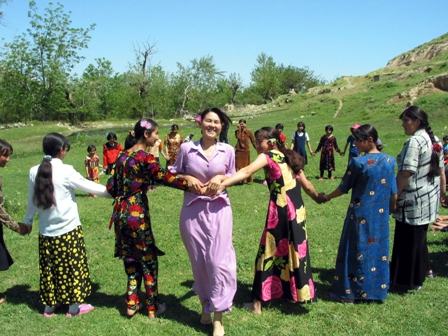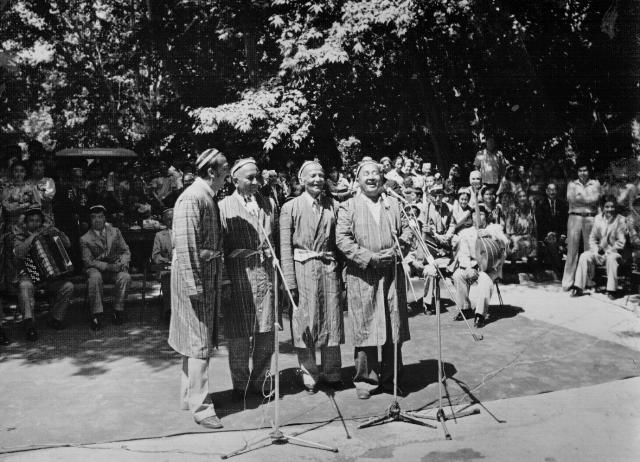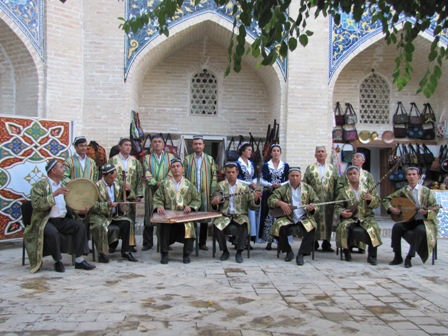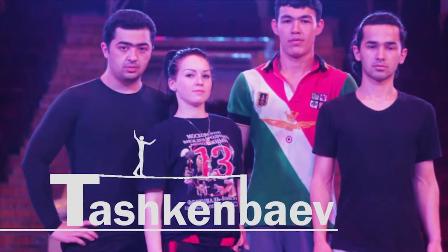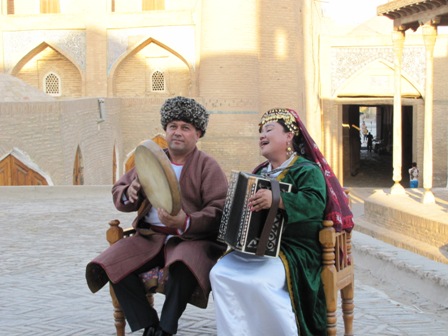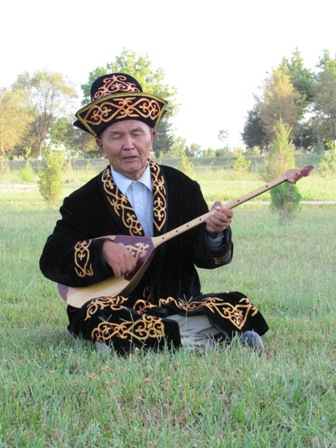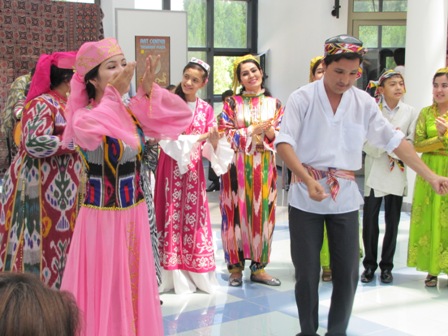Kulolchilik (Ceramics)
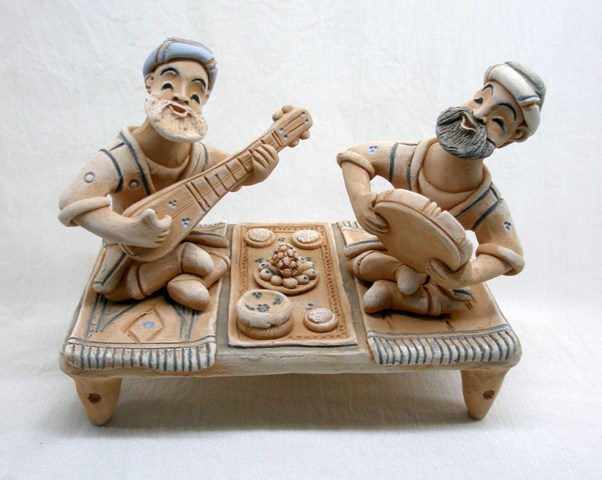
Domain: Traditional Craftsmanship
Index Number: 05.06
One of the most ancient and exceptionally interesting types of applied arts of Uzbekistan is artistic ceramics. In terms of execution technique it is divided into two types, i.e. unglazed and glazed ceramics. Though, unglazed moulded ceramics has more ancient origins.
In the middle of the II millennium a technological revolution took place, i.e. a pottery wheel was invented, which changed the whole concept of making unglazed ceramic wares. Since that time ceramics became more perfect and diverse in terms of shape and decorative design applied. Since the end of the VIII – beginning of the IX century glazed ceramic wares emerged and got widely spread in the cities of Mawarannahr. These were ceramic wares of white (colored) background and dishwares of warm red-ocherous and greenish-olive colors. During the IX-XII centuries glazed ceramics resembled a true artistic perfection and were of high quality. By the end of the XIV – beginning of the XV century dishes made of local kashin emerged in Central Asian, which stood out with their skyblue and blue-white colors.
In the XIX century major schools and centers of ceramics got formed on the territory of present-day Uzbekistan. These were: а) Samarkand-Bukhara school with its centers located in Tashkent, Samarkand, Urgut, Bukhara, Ghijduvan, Shakhrisabz, Kitab, Kattakurghan and Denau; b) Ferghana school with its centers located in Rishtan and Gurumsaray; c) Khoresm school with its centers located in Khiva and Chimboy as well as in settlements of Madyr and Kattabogh. Notably, ceramics of each center preserved their local features. In Ferghana and Khoresm ceramics, for example, it is possible to observe predominantly blue and skyblue colors. These colors emerged as a result of application of ishqor (alkali) glaze, which, after relevant glazing (firing) works, made décor look blue. Nevertheless, ceramics of these centers differed from each other in terms of décor, shape and type. Ceramics of Bukhara-Samarkand school had ocherous-yellow and greenish colors (this was the result of application of lead glaze). In terms of patterns used and types of wares created, Bukhara-Samarkand school of ceramics was much closer to Ferghana school of ceramics.
In the past, masters (potters), producing ceramic wares were called "kosagar" (a master skillful in creating flat and small wares like "kosa" (a bowl)) and "kozagar" (a master skillful in creating high and big wares like "koza" (a jug)). At present, this kind of classification lost its significance because some masters (potters) produce both small and big ceramic wares (i.e. jugs, vases, etc.). Without any doubt, in terms of technological as well as artistic features Rishtan ceramics occupied a leading place at the end of the XIX – beginning of the XX century. And local variations of Rishtan ceramics could be distinguished by colors used (i.e. blue-colored) and the character of ornamentation applied. Typical for Rishtan ceramics were geometric and vegetative patterns, signs and symbols, certain subject-related images, elements of zoomorphic and anthropomorphic motifs. At the same time, richness of zoomorphic elements was distinguishing feature in the ornamentation of Ghijduvan ceramics of that time. The ceramic wares of masters from Shakhrisabz stood out with their sappy and warm-colored gamma, with their colorful images. The ceramics of Khoresm had their inimitable features as well. The most widespread, at the same time, almost the only type of ceramic ware produced in Khoresm, was "badiya" (i.e. large dish with vertically eleveated edges).
By the middle of the XX century several centers of ceramics ceased to exist. This was accompanied by gradual loss of technological as well as artistic traditions. In contrast, at present, many centers of glazed ceramics are being revived (for example, in Shakhrisabz and Boysun), conditions for marketing ceramic wares made by masters (potters) are being created, and the system of apprenticeship is being re-established. To date, ceramic wares embodying national spirit and character are produced in such centers as Rishtan, Ghurumsaroy, Andijan, Tashkent, Bukhara, Samarkand, Urgut, Ghijduvan, Denau and Boysun, in the settlements of Maddyr and Kattabogh (not far from Khiva). In addition, many leading masters (potters) were given distinguished titles, acknowledged as folk masters, honoured arts workers and academicians. For example, the title of academician of Academy of Arts of Uzbekistan was given to Sharafiddin Yusupov (master from Rishtan), Alisher Narzullaev (master from Ghijduvan), Akbar Rahimov (master from Tashkent,), Sh. Azimov and Kh. Khaqberidev (masters from Samarkand).





